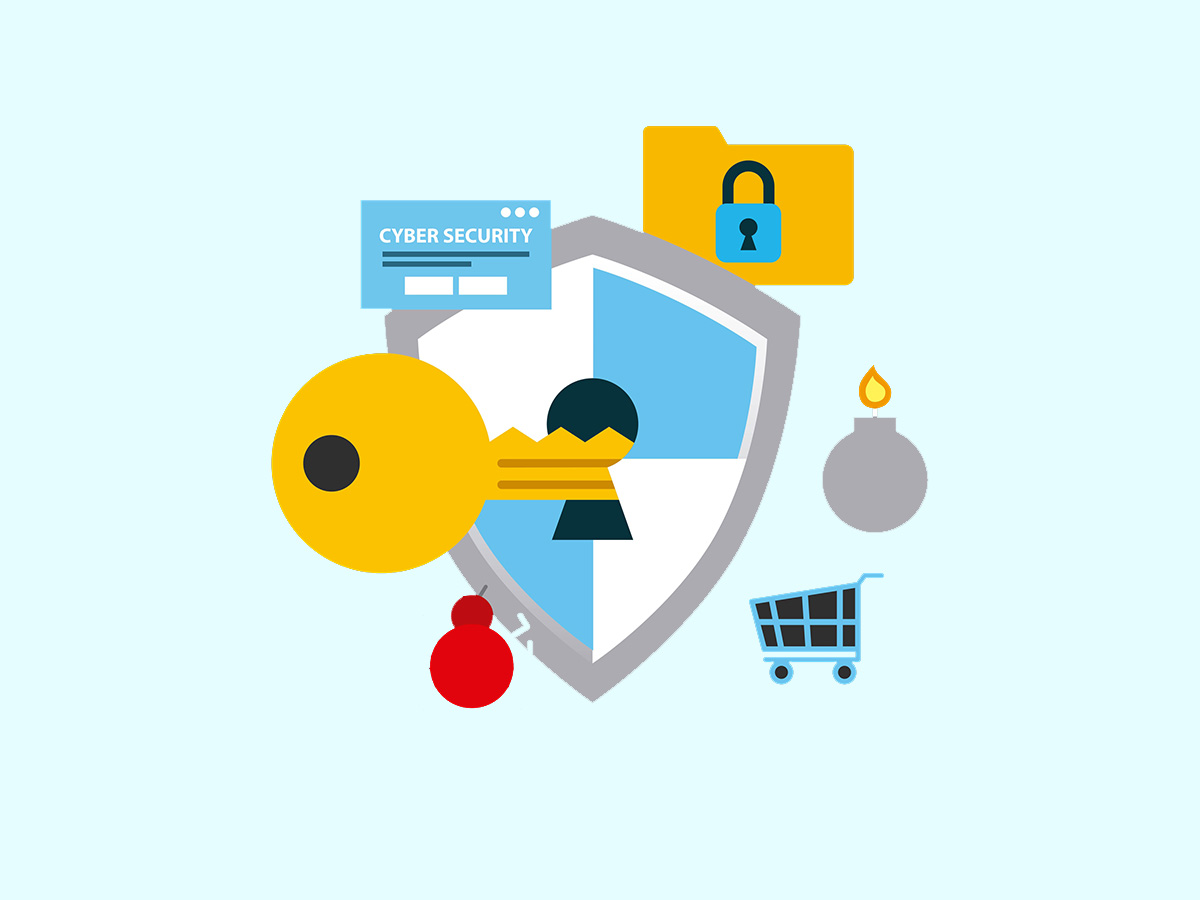A non-printable character is one that is not represented by an image on a computer screen, but instead serves a specific function such as a line break, tab, or space. These characters are invisible and typically used for formatting or controlling the text.
Non-Printable Character Examples
1. Tab
The Tab (\t) character is a non-printable character that we use often, perhaps without even realizing it. It’s an invisible control character that instructs the software to create a space that extends to the next tab stop. This is more than just an ordinary space; it’s used for indentation and alignment.

Stay One Step Ahead of Cyber Threats
In word processing applications, you might use a Tab to indent the first line of a paragraph, or to set up columns of text or numbers. Within the code of a webpage or a program, Tabs assist in visually organizing the code, making it easier to read and debug.
As a non-printable character, the Tab won’t show up as a symbol or text, but its effect is evident in the spacing and arrangement of the content you create.
2. New Line
The new line (\n) character is another example of a non-printable character. Unlike visible characters, it doesn’t represent a symbol or letter but serves a practical function in text formatting. When inserting a new line character, it’s as though you are pressing the ‘Enter’ or ‘Return’ key on your keyboard.
In written text, the use of the new line character helps to break paragraphs or lines, making the content more manageable and easier to read. In many programming languages, it’s used to denote the end of a line in the source code, helping to organize the code into readable chunks.
Being a non-printable character, the new line itself isn’t visible in the final document or the source code, but you can see its effects in the form of the spaces between lines or paragraphs.
3. Carriage Return
The Carriage Return (\r) is a non-printable character originally used in typewriters and early computers to return the cursor to the beginning of a line. Nowadays, in modern computing and text processing software, it’s frequently combined with the New Line (\n) character to start a new paragraph.
In certain programming environments and operating systems, particularly for Mac and older networks, the carriage return functions as a New Line character. It signifies the end of a line of text and prompts the software to begin the next line.
Although the Carriage Return is a non-printable character and doesn’t visibly appear in a document or a line of code, its presence greatly affects the arrangement and readability of the text or code.
Conclusion
In conclusion, non-printable characters like Tab, New Line, and Carriage Return are invisible to the eye but play a vital role in managing and organizing text in both documents and programming codes. While they don’t represent any visible symbol or text, their use significantly enhances the readability and neatness of our written and coded content.
Key Takeaways
- Non-printable characters are invisible symbols in text that carry out specific functions, such as spacing, formatting and structuring text.
- Examples of non-printable characters are the Tab (\t), the New Line (\n), and the Carriage Return (\r).
- The Tab character is used for indentation and alignment in documents and coding.
- The New Line character acts similar to pressing ‘Enter’ on a keyboard, allowing you to start a new line when writing text or code.
- The Carriage Return character was traditionally used to return the cursor to the beginning of a line, but in modern applications, it’s often used in conjunction with the New Line character to create a new paragraph.
Related Questions
1. What are the uses of non-printable characters?
Non-printable characters like Tab, New Line, and Carriage Return are used to format, organize and manage text in documents as well as programming codes. They help enhance readability and structure of the text or code, even though they aren’t visible as actual symbols or text.
2. Are non-printable characters the same in all programming languages?
Many non-printable characters like Tab and New Line are universally recognized, however, certain non-printable characters may function differently depending on the programming language and operating system.
3. How to see non-printable characters in my document?
Most word processors and text editors offer a way to show invisible or non-printable characters. This often comes in handy during editing or formatting. In Microsoft Word, you can use the ‘Show/Hide ¶’ button on the Home tab. In programming editors, there is often a similar option in the view menu.
4. Can non-printable characters cause issues in documents or code?
Yes, unidentified non-printable characters can sometimes lead to unexpected results or errors, particularly when moving text between programs, platforms, or formats. That’s why it’s important to always review and clean data or text when transferring information to avoid such issues.
5. Can I use non-printable characters in HTML?
Yes, non-printable characters are often used in HTML for formatting. For example, newline characters can be used in the source code to make it more readable, although they’ll be ignored by the browser. You can also use HTML entities to represent certain non-printable characters.
"Amateurs hack systems, professionals hack people."
-- Bruce Schneier, a renown computer security professional






